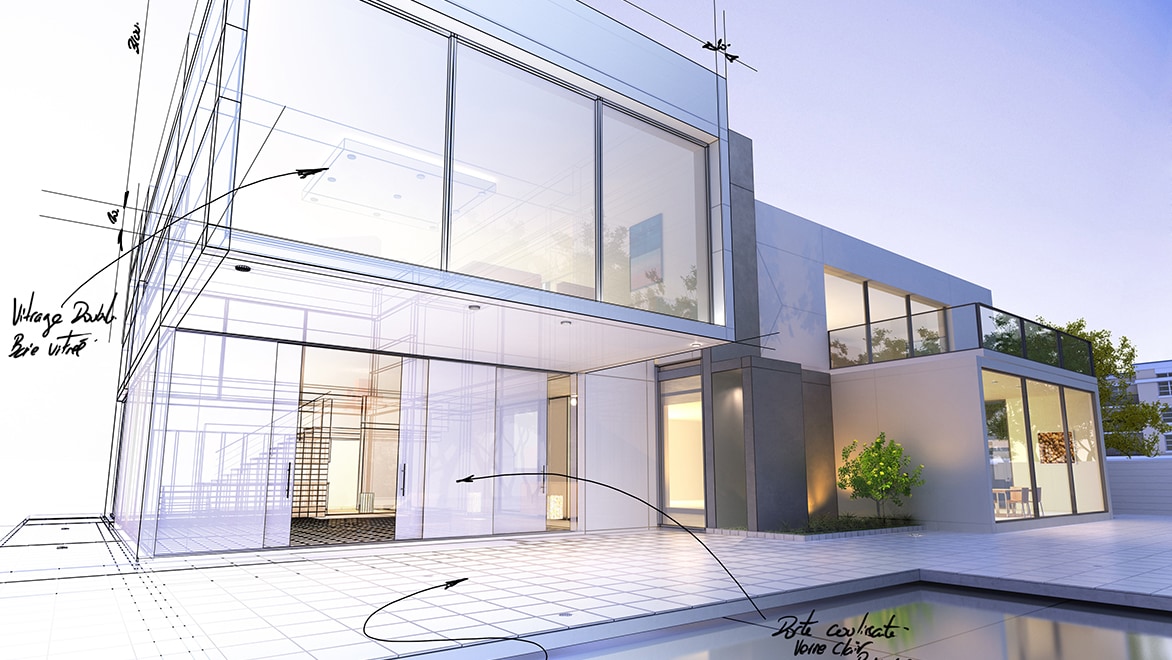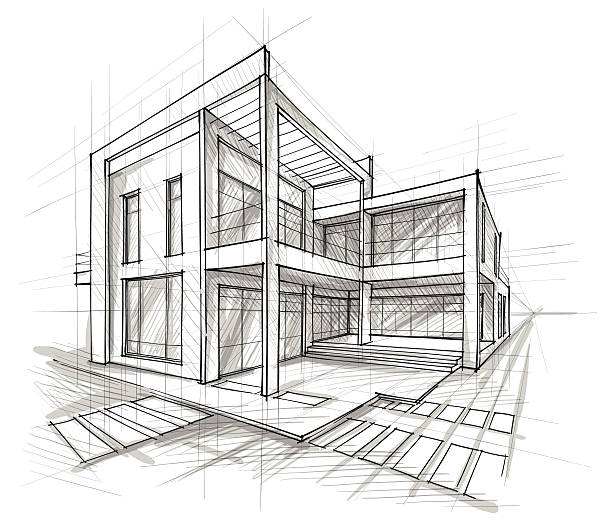Comprehending the Collaborative Process In Between Architects and Designers in Modern Building Projects
The joint process in between designers and engineers is crucial in contemporary construction jobs, as it balances layout intent with design feasibility. This collaboration not just influences the aesthetic and practical aspects of a task yet likewise plays a critical role in addressing sustainability challenges. By employing effective communication techniques and leveraging sophisticated innovations, such as Structure Info Modeling (BIM), teams can work much more cohesively. The complexities of this collaboration typically present unique obstacles that can prevent development. Exploring these characteristics reveals understandings that might substantially affect job outcomes and overall sector criteria. cda architects.
The Value of Partnership
The collaborative synergy in between designers and designers is important for the effective understanding of any construction project. This partnership combines distinct proficiency and point of views, enabling the integration of innovative layout with useful engineering services. By functioning together, engineers and engineers can ensure that a job not only fulfills aesthetic and practical requirements but also follows safety and security, sustainability, and budgetary constraints.
Collaboration promotes a common vision, promoting the alignment of objectives and assumptions from the beginning. This placement is essential in attending to potential challenges and mitigating dangers that might emerge throughout the project lifecycle. A collective technique enables for the effective appropriation of sources, optimizing both time and price.
The value of cooperation expands to the repetitive process of design and building, where feedback from designers can inform architectural decisions, leading to even more feasible and sustainable layouts. On the other hand, engineers can inspire engineers to believe creatively regarding exactly how to accomplish architectural stability without compromising artistic intent. Ultimately, the collective connection in between engineers and designers is not just helpful; it is basic to the production of premium, useful, and cutting-edge constructed settings that fulfill the needs of society.
Interaction Methods and Tools
Effective interaction strategies and devices are crucial for promoting collaboration in between architects and engineers throughout the project lifecycle. Developing clear channels of interaction is necessary to guarantee that all group participants are aligned with task purposes, timelines, and duties. Normal meetings, both in-person and online, supply opportunities for stakeholders to review progression, address problems, and make informed decisions.

In addition, embracing joint communication tools, such as Slack or Microsoft Teams, allows for instantaneous messaging, data sharing, and recurring conversations, advertising a much more active reaction to arising issues. Document administration systems additionally play an essential function in arranging task paperwork, making sure that all staff member have accessibility to the current details.
Shared Objectives and Project Vision
A merged job vision acts as the structure for successful partnership in between architects and designers (cda architects). This shared vision not just straightens the initiatives of both celebrations however also develops an usual framework for decision-making throughout the job's lifecycle. By expressing clear goals, stakeholders can efficiently browse the intricacies of modern-day construction projects, guaranteeing that both aesthetic and practical demands are fulfilled
Establishing shared goals includes open dialogue and a thorough understanding of each self-control's payments. Engineers normally concentrate on design intent, spatial connections, and customer experience, while designers emphasize architectural honesty, systems functionality, and conformity with regulations. When these perspectives are straightened, the result is a natural task that sticks to both creative ambitions and technological feasibility.
Additionally, a well-defined task vision fosters accountability among group participants, urging each individual to take ownership of their duty in achieving the preferred result. Regular check-ins and visit the site collective workshops can additionally reinforce this commitment, enabling changes to be made as the project advances. Eventually, a common vision not just boosts team effort however also boosts the quality of the last deliverable, resulting in effective job completion.
The Function of Technology
Leveraging innovation has ended up being vital in improving partnership in between designers and designers. Structure reference Information Modeling (BIM) stands out as a critical innovation, allowing both designers and engineers to develop comprehensive 3D designs that encapsulate design intent and architectural honesty.
Moreover, cloud-based platforms make it possible for smooth cooperation, permitting job stakeholders to gain access to and upgrade task information from anywhere. This promotes a society of transparency and responsibility, as modifications can be tracked and examined in real-time. In addition, mobile applications additional boost communication, providing on-site groups with instant accessibility to job specifications and updates.
Emerging technologies such as man-made knowledge and equipment understanding are additionally starting to play a role in anticipating evaluation, aiding groups recognize potential issues before they occur. Eventually, the role of modern technology in architecture-engineering collaboration not only enhances operations performances but also boosts technology, leading to even more successful project end results. By embracing these technical innovations, designers and engineers can ensure a more natural and efficient collective process throughout the building and construction lifecycle.
Study in Effective Collaborations
Various case studies show the profound influence of reliable collaborations between designers and engineers on task end results. One noteworthy instance is the partnership on the High Line in New York City City, where landscape architects, engineers, and urban planners interacted to transform an abandoned rail line right into a vivid public park. This multidisciplinary strategy not just enhanced the visual high quality however likewise guaranteed structural safety and security and ecological sustainability.

The Burj Khalifa in Dubai additionally shows the relevance of joint efforts - cda architects. The More Info integration of design and design knowledge enabled the project team to achieve unmatched heights while sticking to security policies and visual vision
These examples underscore the significance of communication, count on, and shared purposes. In today's intricate building and construction setting, such collaborations are necessary to browsing difficulties and providing tasks that fulfill both practical and visionary goals.
Final Thought
In final thought, the cooperation between designers and engineers is necessary for the success of modern building tasks. Efficient communication strategies, a shared project vision, and the integration of sophisticated modern technologies are important components that promote this partnership.